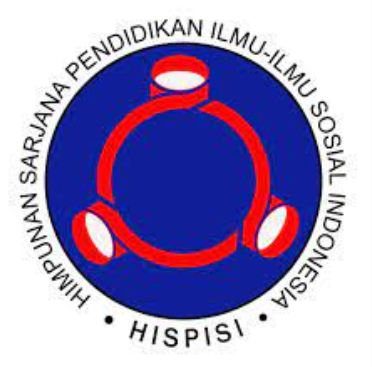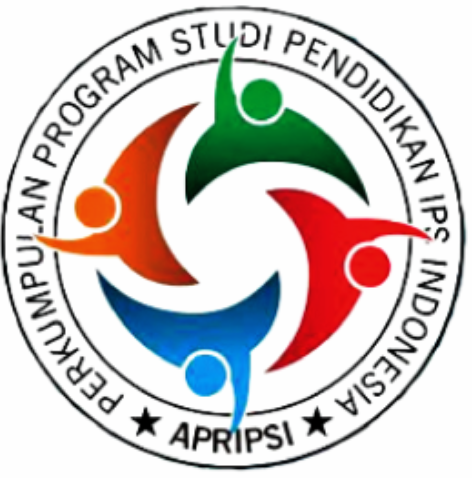PENGGUNAAN MEDIA KAHOOT! UNTUK MENINGKATKAN HASIL BELAJAR IPS (Penelitian Tindakan Kelas di Kelas VII-F SMP Negeri 92 Jakarta)
DOI:
https://doi.org/10.21009/EIPS.003.2.05Keywords:
Penelitian Tindakan Kelas, Media Kahoot!, Hasil Belajar IPSAbstract
This research aims to find out the use of Kahoot media to increase result of social sciences learning. This is researched in VII-F class with 36 students in Junior High School of 92 Jakarta since March to April 2019. The method used in this research is classroom action research that uses three cycles, each of cycles consists of four steps; Planning, Acting, Observing, and Reflecting. According to research, the learning result occurs enhancement each of cycle. In the first cycle as big as 42% (15 students) reaches score above minimum completeness criteria 72 with average of learning result 68, second cycle becomes 67% (24 students) reaching score above minimum completeness criteria 72 with average of learning result 74, and in the third cycle becomes 83% (30 students) reaching score above minimum completeness criteria 72 with average of learning result 83. Besides the increasing of learning result, student activiness of each cycle also improves, that's in first cycle of activity of active students in the ability to ask 9%, answer 11%, think 14%, and solve problems 14%. Then in second cycle there was an increase in activeness of students who were active in their ability to ask 22%, answer 17%, argue 20%, and solve problems 20%. Then in third cycle in cycle 3 students who are active in the aspect of ability to ask 64%, answer 61%, argue 58%, and solve problems 56%. It can be concluded that the use of Kahoot media can increase the result of social studies learning and increasing the activeness of students in VII-F class at Junior High School of 92 Jakarta.
Keyword: Classroom Action Research, Kahoot media, Result of Social Sciences Learning
Published
How to Cite
Issue
Section
License
Authors who publish with this journal agree to the following terms:
- Authors retain copyright and grant the journal right of first publication with the work simultaneously licensed under a Creative Commons Attribution ShareAlike License that allows others to share the work with an acknowledgement of the work's authorship and initial publication in this journal.
- Authors are able to enter into separate, additional contractual arrangements for the non-exclusive distribution of the journal's published version of the work (e.g., post it to an institutional repository or publish it in a book), with an acknowledgement of its initial publication in this journal.
- Authors are permitted and encouraged to post their work online (e.g., in institutional repositories, pre-prints sites or on their website) prior to and during the submission process, as it can lead to productive exchanges, as well as earlier and greater dissemination of published work






